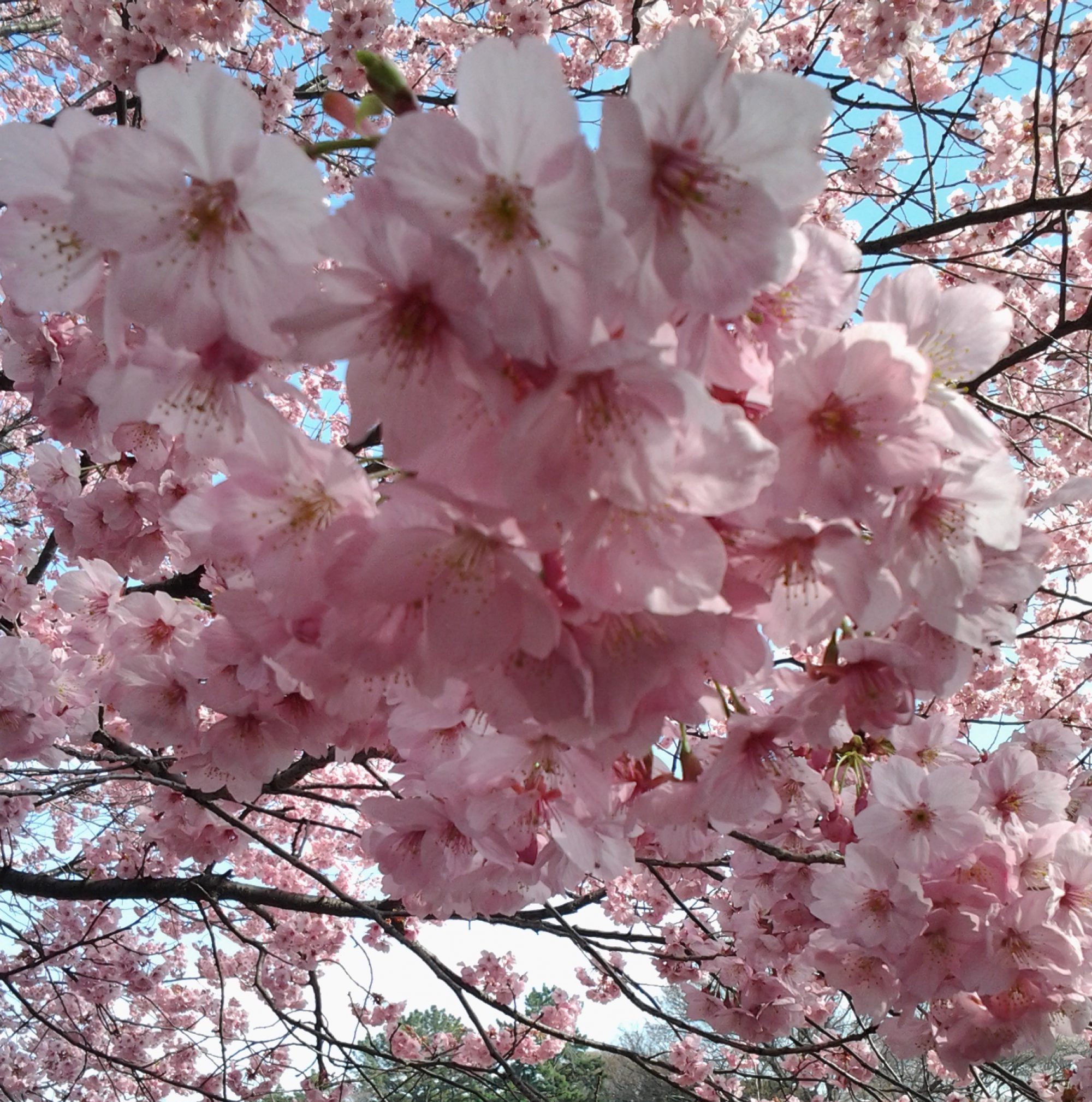Here is the second installment from the Washi Paper series. If you read the first post, “The Discovery of Paper” at https://lediarunnels27221219.wordpress.com/2012/01/14/the-discovery-of-paper/ .
In the reference section of this blog post, you can find the link to the parent site from which this article was printed in full.
Washi paper is not only an ancient art in Japan, but many beautiful art forms have come out of its use, such as creative wrappings for gifts, origami paper folding and intricate, paper dolls.
Making washi-paper-like projects are as easy as placing pieces of torn paper and water in a blender and then laying the wet pulp on a piece of screening and adding bits of flowers or other things as decoration. Here is a video to help you through the entire process. http://video.about.com/familycrafts/How-to-Make-Paper-With-Kids.htm
Enjoy!
|
World Papers and Washi |
|
■The development of Japanese washiBecause of its location across the sea east of the coast of the Asian continent, Japan was influenced by China mainly by way of the Korean peninsula. Scripts and paper were first introduced to Japan in the fourth to fifth century, and these symbols of advanced civilization greatly influenced the thinking of the Japanese people. The subsequent introduction of Buddhism to Japan in the sixth century had a major impact. As part of its efforts to disseminate Buddhism, the government increased paper production for the transcription of sutras. People were encouraged to grow kozo, paper mulberry, as a raw material for paper, and Buddhist priests were invited from the Korean peninsula to introduce the new technology. During the high culture of the Tempyo period (eighth century), techniques to manufacture and process paper developed, and papermaking spread nationwide. As demands for paper grew, manufacturers looked for raw materials other than kozo to produce it and discovered gampi, a plant indigenous to Japan. This prompted the transition from the imitation of Chinese paper to the creation of washi, Japan’s own paper. Gampi fibers are delicate and have a natural viscosity, so although forming them into paper requires sophisticated techniques, the finished product is both beautiful and durable. A new method to make paper from hemp and kozo was invented in which the viscous mucilage of tororo-aoi (the root of a hibiscus plant) or noriutsugi bark was added. This method, established in the late eighth century to the ninth century, is today known as nagashizuki. In the Heian period (794-1185), a government – owned paper mill, or kamiyain, was established in Heiankyo (Kyoto), then the capital of Japan, to make paper for official use. The mill also dyed and processed paper and trained technicians. In addition to being used for sutras and official documents, the paper was also used for private correspondence and poetry, helping to promote the development of literature. Kana, or the Japanese syllabary, was invented from kanji, Chinese characters. A unique Japanese culture flourished, becoming free from the influence of the once predominant Chinese culture. With its abundant forests and clear streams, the Japanese environment was highly suited to papermaking, and the Japanese people, who respected nature and its cyclical changing of seasons, took pleasure in making fine papers and using them beautifully. By the time the government moved to Edo (now Tokyo), paper mills around the country were producing papers characteristic of each region. The common people used these papers widely and in this way paper became part of daily life, adding both convenience and beauty, and washi reached its zenith around the 17th century. |
References:
World Paper and Washi: http://www.kippo.or.jp/e/culture/washi/world/02.html
Related articles
- Find Your Own Temple Trail in Kyoto (kitsunelovesjapan.wordpress.com)
- How-To: Washi Tape Wrapping Paper (craftzine.com)
- Massive Origami Crane Sculpture — A Gift From Children Around the World — Unveiled In Sendai (prnewswire.com)
- The Discovery of Paper (lediarunnels27221219.wordpress.com)
- Washi Makeover: 5 Ideas For Decorating with Washi Tape (apartmenttherapy.com)
- Washi Tape Ornaments (craftzine.com)
- How-To: Make Your Own Washi Tape (craftzine.com)
- Top 10 Chic & Unique DIY Washi Tape Wedding Ideas (jeanilevents.wordpress.com)









Fantastic paper to create with. I love the origami cranes. We made several to display at my wedding many years ago.
I love the way the cranes look and I do admire anyone who can make them. I never could get the origami crane to look right when I tried, but I do enjoy making origami boxes and teaching children how to do origami. What I like most about washi paper is to find it with organic ingredients added such as flowers and/or leaves. And them to use it as a canvas for other art. It is so versatile and fun!
There is so much beauty in Japanese culture, including washi. I`ve never heard of it so I`ve learnt something new here. It`s a lovely art.
Thank you for your kind comments on my blog. They all went to spam folder for some reason, lucky I found them 🙂